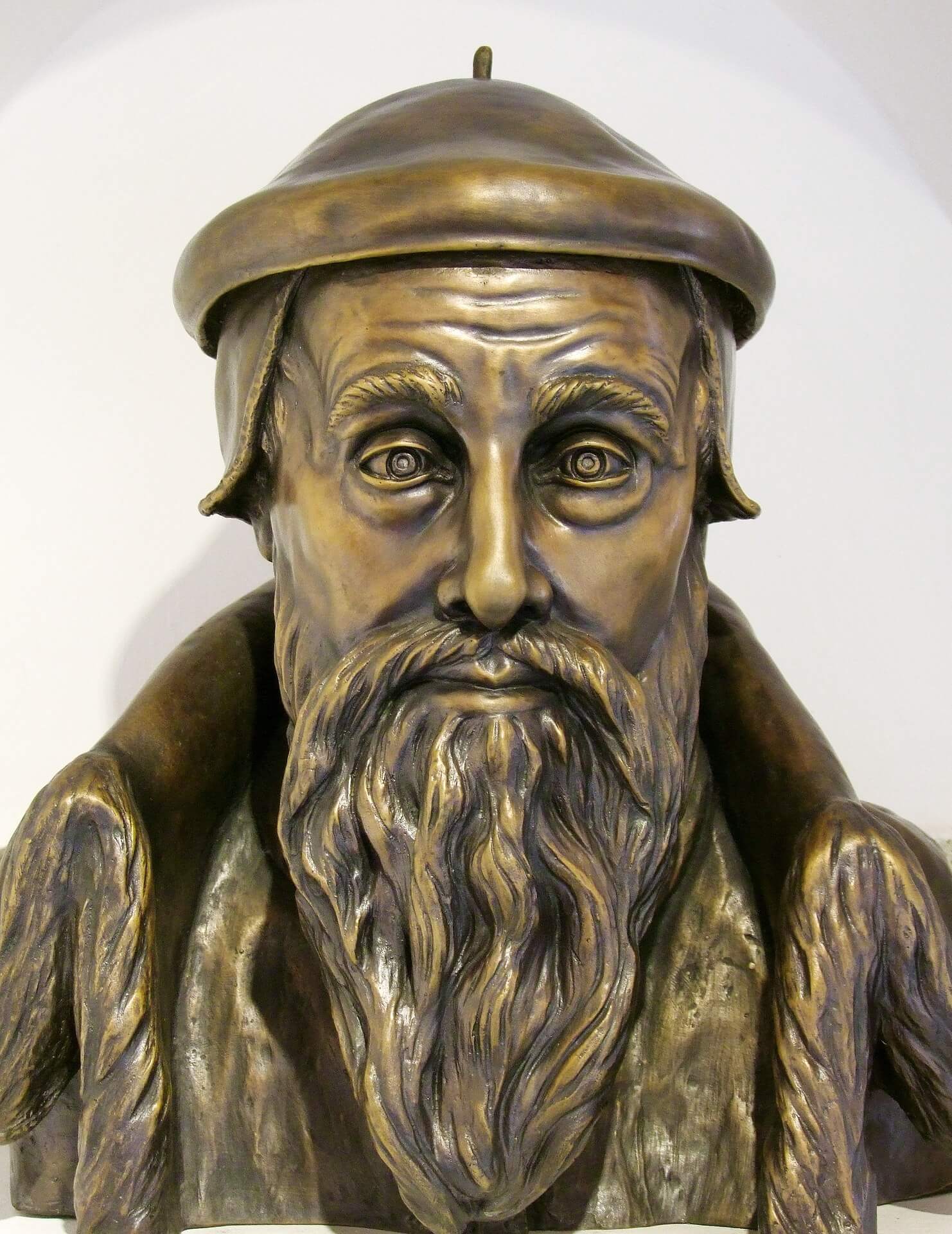The Majority Text dates back to the autographs but because it (being excellent copy) was often worn out by use, new copies were continually made. Although these copies are later than those found in ancient garbage dumps and monastery trash bins, that is explained by their excellency causing them to be worn out by use.
But the strongest evidence for the “Johannine comma” is the context. Its written against those like Cerinthus who theorized a divine Christ descended on the man Jesus, so He was not the Son of God.
There is symmetry in the proof Jesus is the Son of God. Father, Word, Holy Spirit IN HEAVEN “these three are one” testify Jesus is the Son of God, and ON EARTH the witness is paralleled by the water and blood that flowed out from Christ’s heart when the soldiers pierced His side (John 19:34). This signifyed “eternal life” or “living water” gushes out from Jesus because of the New Testament in His Blood shed at Calvary, which the Holy Spirit bears witness to ON EARTH every time someone is converted to Christ (“born of water and the Spirit”, John 3:5-7) “so these three agree as one”
The symmetry is lost when the text is corrupted leaving out the phrase. Three in Heaven and Three on Earth are united in compound unity to proclaim Jesus is the Son of God
4 For whatever is born of God overcomes the world. And this is the victory that has overcome the world– our faith.
5 Who is he who overcomes the world, but he who believes that Jesus is the Son of God?
6 This is He who came by water and blood– Jesus Christ; not only by water, but by water and blood. And it is the Spirit who bears witness, because the Spirit is truth.
7 For there are three that bear witness in heaven: the Father, the Word, and the Holy Spirit; and these three are one.
8 And there are three that bear witness on earth: the Spirit, the water, and the blood; and these three agree as one.
9 If we receive the witness of men, the witness of God is greater; for this is the witness of God which He has testified of His Son.
10 He who believes in the Son of God has the witness in himself; he who does not believe God has made Him a liar, because he has not believed the testimony that God has given of His Son.
11 And this is the testimony: that God has given us eternal life, and this life is in His Son (1 Jn. 5:4-11 NKJ)
Early Christians were aware of the phrase:
Cyprian (c. 200 – 258 AD) – Cyprian, the Bishop of Carthage, is one of the earliest and most frequently cited fathers in relation to the Comma. In his treatise, “De ecclesiae catholicae unitate,” Cyprian makes a statement that has been interpreted as an allusion to the Comma Johanneum: “The Lord says, ‘I and the Father are one;’ and again it is written of the Father, and of the Son, and of the Holy Spirit, ‘And these three are one.'” While this does not directly quote the passage as it appears in later Latin manuscripts, it reflects a Trinitarian understanding that some argue hints at a knowledge of the Comma.
Priscillian (c. 340 – 385 AD) – Priscillian, a Spanish ascetic and theologian, is another figure associated with an early reference to the Comma. His writings include a Latin text that resembles the Comma, but this could reflect a later interpolation or recension in the manuscript tradition rather than an original citation.
Jerome (c. 347 – 420 AD) – Jerome, who translated the Latin Vulgate, noted that the Comma was found in some Greek manuscripts, although it is widely accepted that these references might be to Latin manuscripts, as no existing Greek manuscript from his time or earlier contains the Comma. Jerome’s involvement and comments have been seen as key in the Comma’s inclusion in the Latin Vulgate tradition.
Augustine (354 – 430 AD) – Augustine sometimes mentioned a triadic formula when discussing the unity of the Father, Son, and Holy Spirit, but his writings do not explicitly quote the Comma. Like Cyprian, his discussions on the Trinity have been scrutinized for possible allusions to the Comma.
